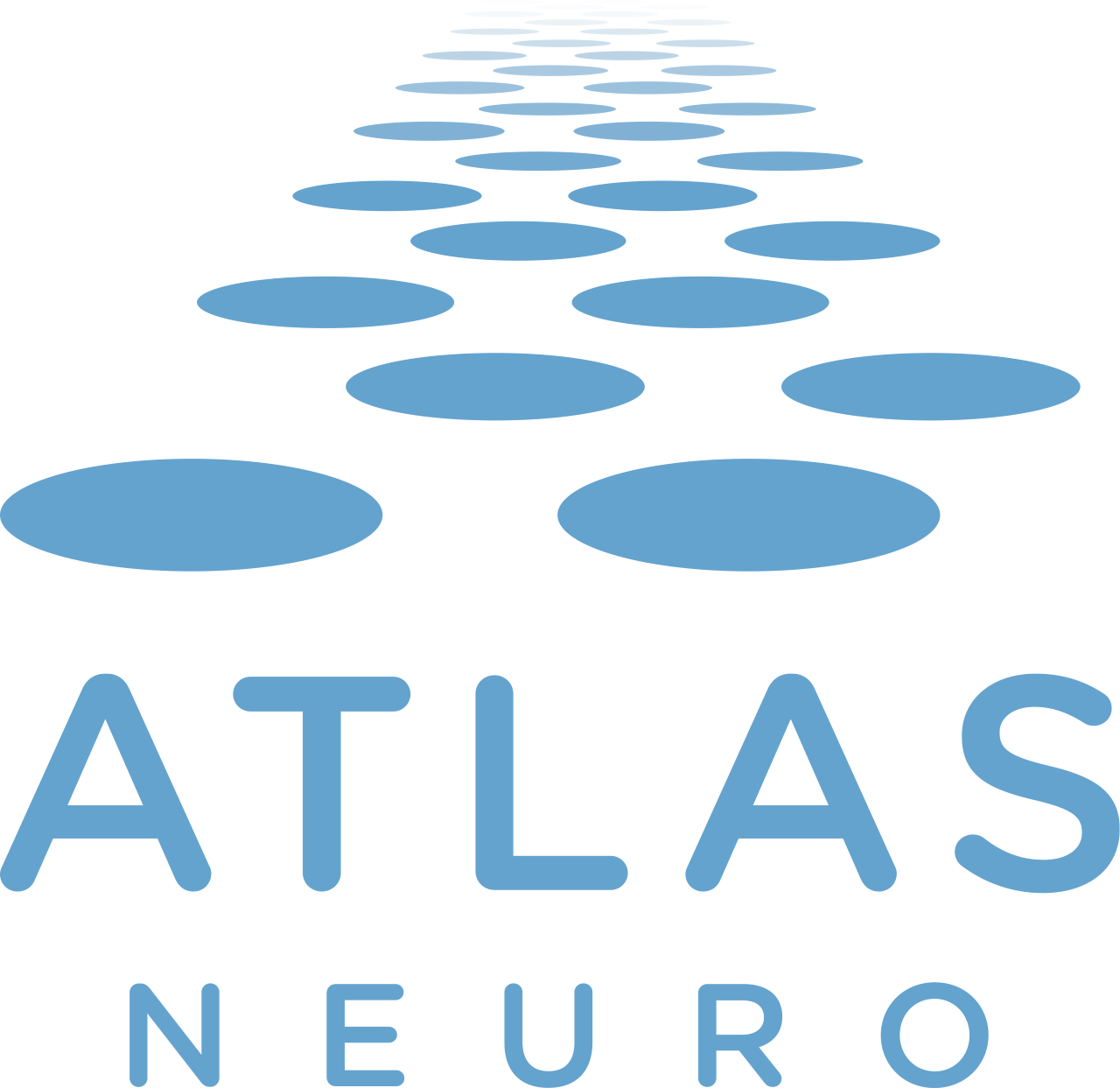Presentation (6) details
Exploring layer-resolved spectro-spatial beta rhythm patterns in macaque motor cortex
Events: X INT - Neurodays
Authors: Laura López Galdo, Simon Nougaret, Demian Battaglia, Bjørg Kilavik
Summary: Beta oscillations found in the motor cortex during movement-related behavior have been linked to postural control and movement preparation, as well as to sensorimotor anticipation and integration. A rule-based, cue-selection reaching task was set up to study the characteristics of these rhythms. Using laminar electrodes in primary motor cortex (M1) and dorsal premotor cortex (PMd) in macaque monkeys, we are investigating spectro-spatial features present in the local field potentials (LFPs). Recent results in this dataset (Nougaret et al.) show that trial-averaged power in the beta range is not uniform across frequencies. Instead, it can be divided into two separate bands: a low band peaking at about 16Hz, found predominantly in M1, and a high band centered at about 26Hz, which is spatially located within PMd.
Now, we are extending these results by exploring the information provided by the laminar dimension of these recordings. In a first approach, we are computing the time-frequency representation of the data using Morlet Wavelets and applying Non-negative Tensor Factorization (NTF) to find typical spectro-spatial patterns within the beta range at the level of individual trials. Preliminary results demonstrate how the trial-averaged power within the beta range can be factorized in multiple spectral- and layer-specific patterns whose combination explain the average power modulations, and whose individual contribution varies across trials, yet with predominant contributions according to the task epoch. Further analysis will involve improving the estimates of the time-frequency representation of the data, and determining individual beta-bursts, which may be the fundamental units giving rise to these observed spectro-spatial patterns.
















